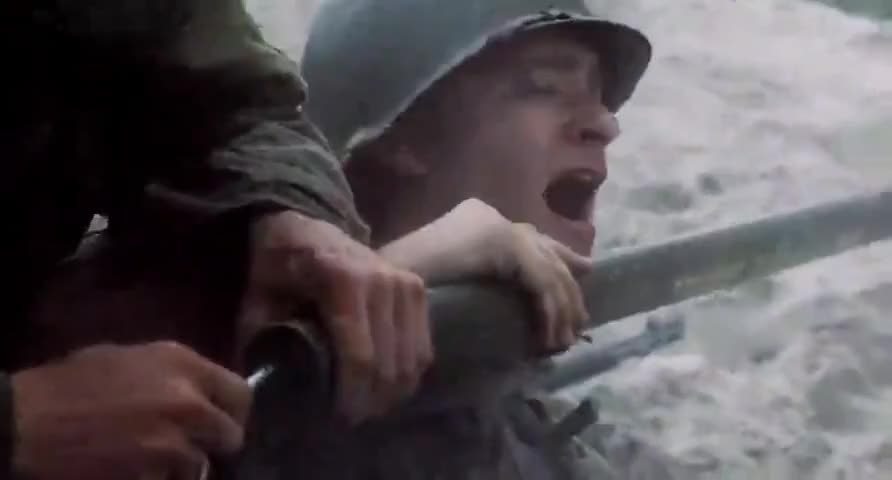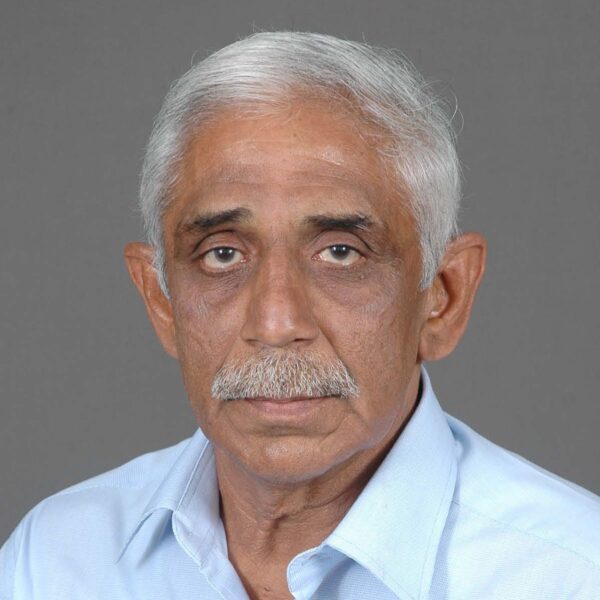War-movie buffs who have watched Steven Spielberg’s classic, Saving Private Ryan, would possibly have wondered why Tom Hanks, in the lead role as a captain of the US Army Rangers, keeps shouting “Bangalore, Bangalore” at one instance, during the opening scene of the Normandy Landings on the D-day. His platoon is stranded at that instance, in front of a barbed wire obstacle that prevents it from advancing towards the enemy. He is in fact, calling for a ‘Bangalore Torpedo’, an improvised explosive device widely used during the two World Wars and even in today’s warfare, which had its origin in our own garden city more than a hundred years ago and hence named after it.
Here’s the story: As warfare evolved barbed wire obstacles thrown in front of the defences became the biggest impediment for infantrymen assaulting an enemy position. A small group of men on a mission with limited objectives of sabotage or intelligence gathering could probably sneak close to such an obstacle in the dark of the night and cut a small passage using wire cutters. Such a manoeuvre however could hardly have been feasible in an all-out assault when troops have to charge at the objective in large numbers at multiple points with no secrecy in the operation. Swift breaching of the obstacle from a safe distance was the only option.
In 1907 Major R L McClintock of the Madras Sappers took up an experiment to create a device that could achieve just such a swift breaching even while under fire. The experiment conducted at the Madras Sappers’ training centre – today’s Madras Engineer Group (MEG) Centre – at Bangalore was indeed successful. The device it came up with was an iron pipe of adjustable length filled with TNT that could be inserted into barbed wire entanglements from a distance and exploded to create a passage for the assaulting troops. Perfected subsequently after years of experimentation and trials and christened the ‘Bangalore Torpedo’ it found successful use in both the World Wars and is still an accepted device to breach wire obstacles and minefields.
During the First World War, the Bangalore Torpedo was used with tremendous impact by the (British) Royal Engineers during the Battle of Cambrai in 1917 and by General John J Pershing of the US Army in the Battle of Saint-Mihiel Salient in France in September 1918. During the Second World War, it found extensive use in the British offensive on Bardia and the bloody North African Campaign, especially at the Second Battle of El Alamein in October – November 1942 when finally, the Allies got the better of the famed German Afrika Korps. Of course, the Americans used it to great effect at the Normandy Landings on the D-day, as ‘Saving Private Ryan’ realistically depicts.
Post World Wars, it was used in the Korean War and by the Israelis in their Yom Kippur and Ramadan Wars in 1973 to clear Syrian minefields. The US forces found use for it in Afghanistan too, mainly for clearing Taliban supply dumps in deep cave systems. Currently, besides the Indian Army, Bangalore Torpedoes are used by several other armies including those of China and Pakistan as well as those of UK, US, Canada and many others.
For the armies of UK and US, Bangalore Torpedoes are currently manufactured by Mondial Defence Systems, Poole, UK. Alford Technologies of UK has developed the newest version of this weapon system named ‘Bangalore Blade’ using lightweight aluminium and explosively formed penetrator technology that can breach obstacles which the original device wouldn’t have been able to. It can blast a 5-metre-wide gap in concertina wire and create a trench deep enough to explode most anti-personnel mines.
The Madras Sappers and the Indian Army at large were to contribute a lot more than the Bangalore Torpedo by means of their massive participation in both the World Wars, which the western powers have only begun to admit grudgingly now. Yet the Bangalore Torpedo, the world’s first IED (Improvised Explosive Device) and its name lives on securing itself a revered place in the history of modern warfare.



















